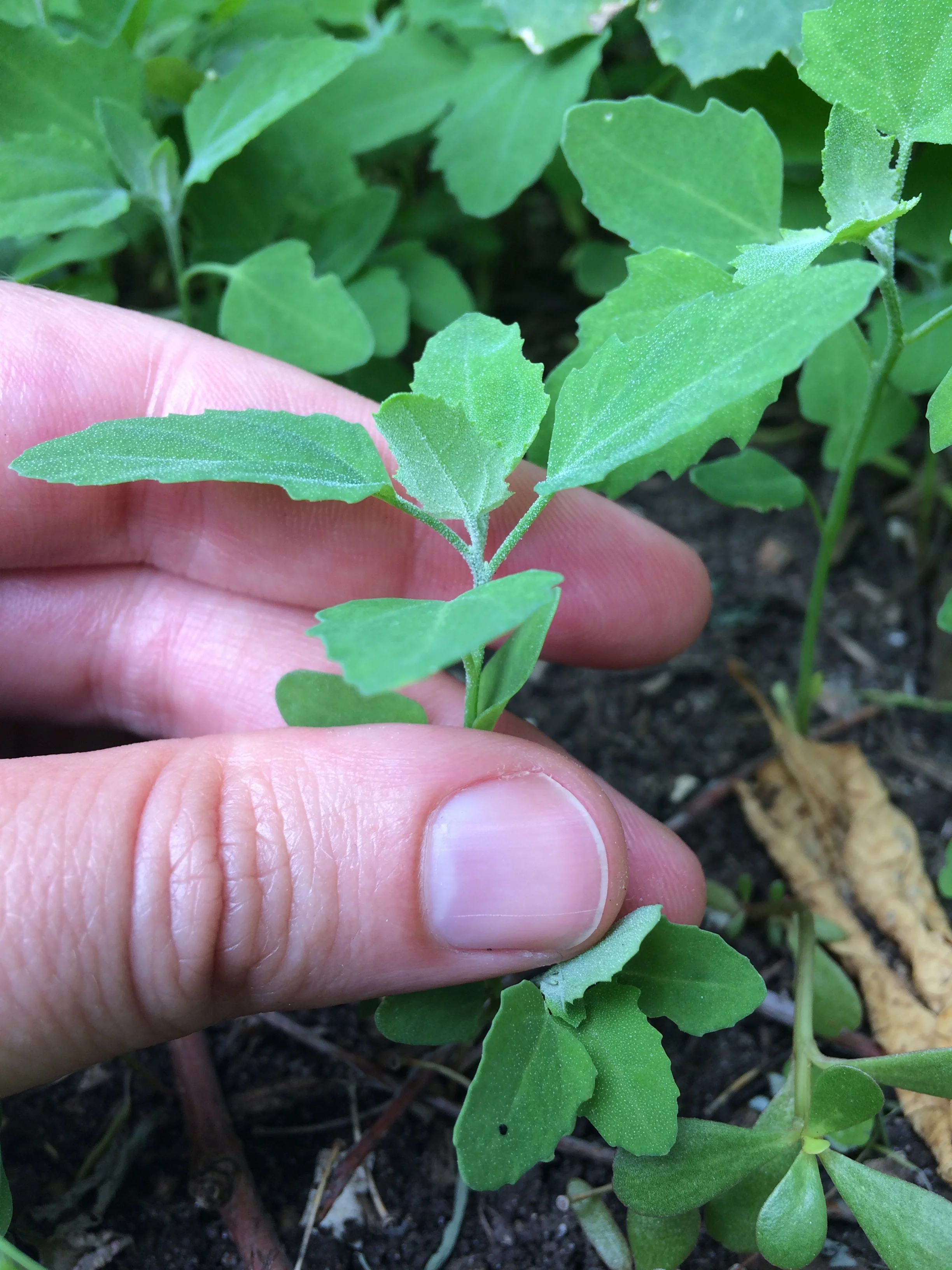There are so many awesome edible plants growing in cities! Unfortunately, I can’t write about all of them, so I decided to narrow the list down to ten. Only ten! It was so hard to choose. I opted for diversity. This list includes a variety of plant forms— some herbs, some trees, some shrubs. It also has various plant parts— greens, flowers, fruits, seeds, and even sap! Finally, these plants are eaten in myriad ways— raw, cooked, made into tea, or infused. But they should all be easily found in most cities, and they are all delicious!
Read MoreIt's still cold and snowy where I live in Minneapolis, but tree tapping season is right around the corner! (And currently taking place in some parts of the country.) Here is part one of a video series about tapping maple trees at home for the sap. This one is about putting the tap in the tree; part two will explain what to do with the sap; and part three will cover end-of-season clean-up. I will not be explaining how to boil down sap for maple syrup. Though it's a great practice that I encourage everyone to try at least once, this video series is designed for people who don't have the time or equipment to make syrup. Plus, maple sap is a great product in its own right!
Read MoreAs a child growing up in urban Milwaukee, family walks on Sunday afternoons were routine. I remember going by rows of neatly trimmed juniper bushes, and my father stopping us all as he picked a few leaves, crushed them between his fingers, put them to his nose, and inhaled. We were made to follow suit. The smell was strong but pleasant— resinous, slightly citrusy, and stimulating. To this day, I can’t resist picking small amounts of juniper and inhaling the invigorating scent.
Obviously I didn’t know this as a child, but those distinctive smells are essential oils, and they often signal important medicinal qualities, such as fighting infections in wounds and treating coughs, colds, or fevers. In fact, I didn’t even know that the plant was called juniper, much less realize that it was edible and medicinal. But that uplifting smell always stuck with me; and once you smell it, I’m sure it will for you, too!
Read MoreJust realized that my chokeberry video never made it to this blog for some reason! Well, here it is. Even though chokeberries ripen in autumn, they can often be found hanging on the shrub throughout winter. Though in my experience, they are much tastier when fresh!
Read MoreHackberry season is just around the corner! I have seen tons of trees bearing fruit around the Twin Cities. Watch this video to learn how to harvest this tasty and nutritious food!
Read MoreLearn more about purslane and other common wild edibles at my upcoming web event, Eat Your Weeds! Registration closes Friday, July 27th at 12pm, so reserve a spot today!
Purslane (Portulaca oleracea) is a common plant of open, sunny areas, such as gardens, yards, and roadsides. It’s not picky about its habitat— you can find it growing in gravel, sidewalk cracks, disturbed soil, and other “waste places.” It is commonly found across the lower 48 states, Hawaii, and all the southern Canadian provinces.
Read MoreI'm always surprised to learn how few people know about crab apples. They grow everywhere, but when I pick and one, I hear reactions like, "I thought those were poisonous!" "I didn't know crab apples grew in the city!" "Those are APPLES? I thought they were BERRIES!"
So I'm here to set the record straight!
Read MoreIt is no understatement when I say that yarrow (Achillea millefolium) is one of my all-time favorite herbs. Over the years, I've used it for many purposes: healing wounds, fighting infections, breaking fevers, aiding digestion, easing painful menstruation, and more. It's a common plant that's easy to find in rural and urban environments-- a gift of healing that's free for the picking!
Read MorePretty much everyone knows that red raspberries are edible and choice. But it's not as commonly known that the leaves are medicinal and make a great tea! Some of you have probably seen raspberry leaf sold in co-ops and specialty stores. But why pay $5 for a box of tea when you can pick them for free? Read on to learn how to identify red raspberry bushes before they flower.
Read MoreLamb's Quarters (Chenopodium album) is a common plant found across all of North America and in all fifty states. There exist several varieties; the most common being Chenopodium album var. album, which grows all over the United States and much of Canada, and originated from Eurasia. Some varieties, such as Chenopodium album var. missouriense, are considered native to certain areas in the US. Regardless of the variety, they are all edible and choice! Furthermore, the varieties are similar enough that the following characteristics can be used to identify them all. (In fact, there is debate among taxonomists about whether they are actually just the same species with variable traits.)
But enough of the technicalities! Here's what you need to know to accurately identify the plant.
Read More









